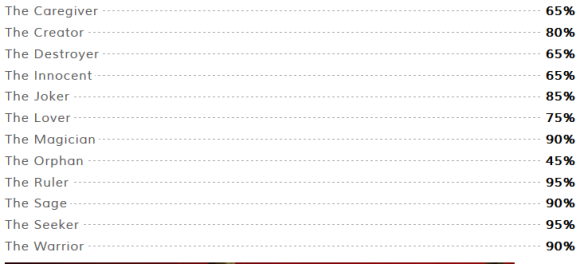In this blog I am going to describe my friend Kyle and I’s leadership style using the psychodynamic theory and use transactional analysis to talk about how we have interacted and stayed friends for years. Kyle and I are very different kinds of leaders and we work well together by helping each other work on our leadership type.
First we’ll examine Kyle’s leadership style with the psychodynamic approach. The psychodynamic approach focuses on unconscious, learned emotional responses. This psychological development produces one’s personality type and therefore their leadership (PSU WC, L3, 2019). First I’ll start by examining Kyle’s family situation. The psychodynamic approach says that our experiences with our family often guide how we act, or as stated by Northouse (2016), “Much of what we do whether we want to admit it or not, is guided by deep-seated experiences and patterns that are first mapped out in early infancy, through our experiences with early caregivers” (Northouse, 2016, p.324). Kyle is an intelligent person who acts with a lot of authority. He is always trying to be in charge and thinks his ideas are better than others. This probably stems from his parents. His dad is a police officer and his mom is a college professor in physics. While Kyle is this way, he also has a softer side which I believe extends from the love his family shows each other which I have seen since we were quite young.
I would say Kyle is a warrior archetype. I believe this because he is very competitive and often tries to impose his will on others. Also, because he often represses his shadow self because he wants to be seen as confident and in charge (PSU WC, L3, 2019). Kyle’s shadow self I believe is his inability to let others make decisions or have anything important to say. At first Kyle never noticed this about himself but I was there to help him see his shadow self which is important because from that he was able to react to it (PSU WC, L3, 2019). I on the other hand, see myself as the magician archetype. I am often willing to change to achieve team goals (PSU WC, L3, 2019). so I am always trying to get Kyle to understand that we can’t always agree with his ideas and sometimes he has to let other people make decisions.
In our relationship, I would say we are both leader and follower to each other. Through transactional analysis me and Kyle have been able to change each other’s feelings attitudes, behaviors and develop each other in different ways (PSU WC, L3, 2019). I would often get annoyed with Kyle and have talks with him about how he can’t always be trying to impose his will onto others. Kyle would also have talks with me about being too compliant with things and not needing to get my way. In a way, we were having interventions like the one discussed in Northouse (2016) which stated that “the best intervention is a holistic one, which adopts both a structural and a psychodynamic lens” (p. 308). Through these interventions and knowing each other so long, we were able to point out each other’s ego states, or way of acting and out behavior patterns, and help each other to make our ego states more fluid (Northouse, 2016).
References:
Northouse, P.G. (2016). Leadership: Theory and practice(7th ed.). Thousand Oaks, CA: SAGE Publications, Inc.
Pennsylvania State University World Campus (2019). PSYCH 485 Lesson 3: Introduction to Psychodynamic Approach. Retrieved from https://courses.worldcampus.psu.edu/canvas/fa19/21981–15196/content/03_lesson/printlesson.html


